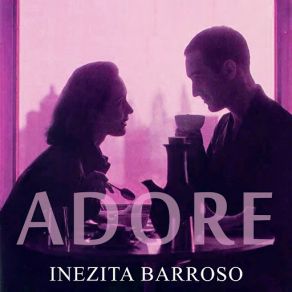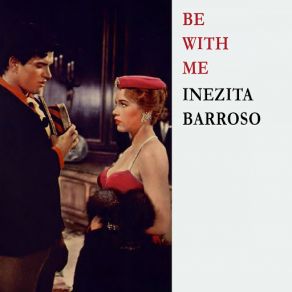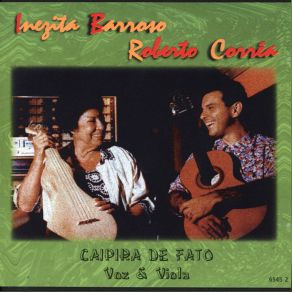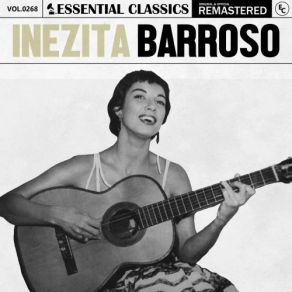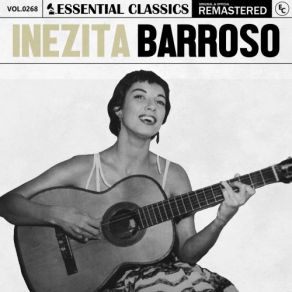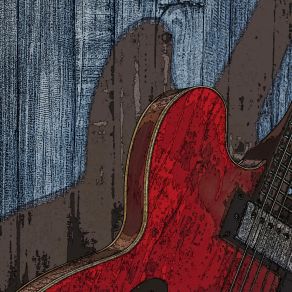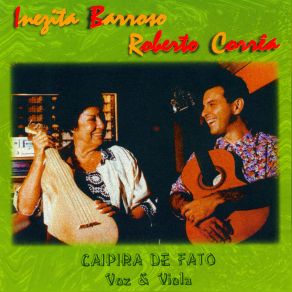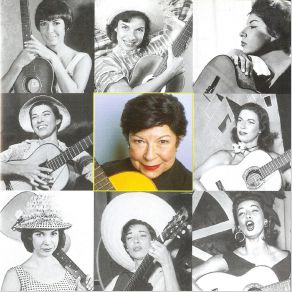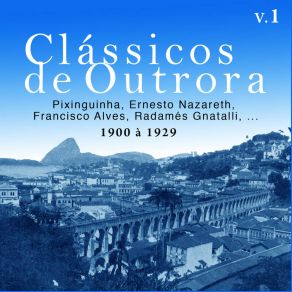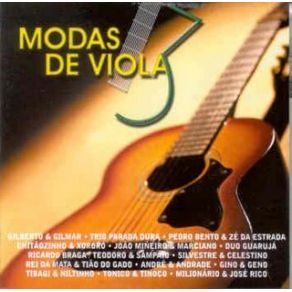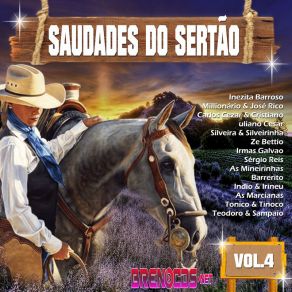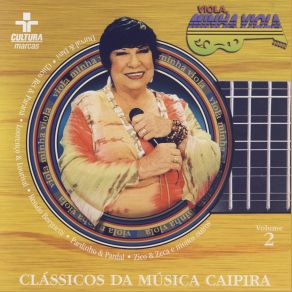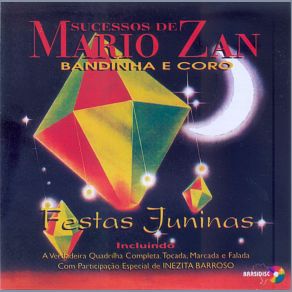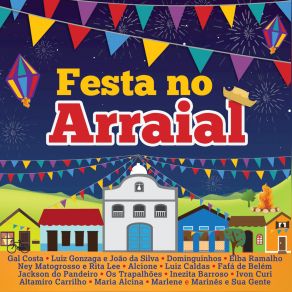Inezita Barroso
Wikimp3 information about the music of Inezita Barroso. On our website we have 31 albums and 11 collections of artist Inezita Barroso. You can find useful information and download songs of this artist. We also know that Inezita Barroso represents Latin genres.
Biography
[Edit]Active in the artistic scene since 1950, Inezita Barroso is still very popular today. A fighter for the cause of "caipira" (hillbilly) music, she has recorded over 80 albums and some unforgettable classics. Since 1980, she has hosted the nationwide show Viola, Minha Viola for TV Cultura (São Paulo), where she divulges the work of the composers and interpreters who are dedicated to the upcountry folkloric repertory of regional music. Barroso worked in six films, debuting with the Vera Cruz company in 1950 with Ângela, and was awarded with the Saci prize in 1953 for her performance in Mulher de Verdade (Alberto Cavalcânti). In 1997, she received the Sharp prize as the Best Regional Female Singer. She has also been a researcher since 1940 and the author of several books on the subject. Barroso started to sing and play the violão (acoustic guitar) at seven and the piano at 11. As a beautiful young member of the conservative and traditional high society of São Paulo, she had a hard time imposing her work in a man's world. She debuted with Rádio Bandeirantes in 1950, and after three years, she had her first hit with "Moda da Pinga" or "Marvada Pinga," a funny moda de viola taken from the folklore by Laureano. The other side of the record launched Paulo Vanzolini's "Ronda," an immortal classic and unofficial anthem of the city of São Paulo. In 1955, she launched her first LP, Inezita Barroso. In that period, Jean Louis Barrault, Vittorio Gassman, Roberto Ingles, and Marian Anderson, who were visiting Brazil, came to know her work, taking several of her albums back to Europe. Barroso recorded songs by composers of the most diverse fields, such as Heitor Villa-Lobos, Guerra Peixe, Hekel Tavares, Noel Rosa, Capiba, Waldemar Henrique, Dorival Caymmi, Joraci Camargo, Cecília Meirelles, Lorenzo Fernandez, Manuel Bandeira, Mário de Andrade, and Lupicínio Rodrigues. The unity for such diverse backgrounds, ranging from popular to classic music, came from her commitment to the folklore of the various regions of Brazil. Barroso's biggest hits were recorded in the late '60s, like "Bonde Camarão" (Cornélio Pires/Mariano), "O Menino da Porteira" (Teddy Vieira/Luizinho), "Engenho Novo" (Hekel Tavares), and "Trem de Alagoas" (Waldemar Henrique/Ascenso Ferreira). During the '70s, she was commissioned to record several video specials for the U.S., Japan, Israel, the former U.S.S.R., and Latin American countries. From 1990 to 1999, she was also the director of music and presented the show Estrela da Manhã at the Rádio Cultura AM (São Paulo). In 1998, she participated in the album Feito na Roça by Brás da Viola and his Orquestra de Música Caipira. Inezita Barroso continues to host her TV show, where many young talents of caipira music are featured and where established artists of this genre continue to be celebrated.
Title: The Music of Brazil / Inezita Barroso / Recordings 1958
Artist: Inezita Barroso
Genre: World Music, Latin
Title: Essential Classics, Vol. 268: Inezita Barroso (CD1)
Artist: Inezita Barroso
Genre: World Music, Latin, Folk
Title: Essential Classics, Vol. 268: Inezita Barroso (CD2)
Artist: Inezita Barroso
Genre: World Music, Latin, Folk
Collections
Title: 1º Encontro da M.P.B.
Genre: World Music, Latin
Title: Acerto de Contas de Paulo Vanzolini, Vol. 2
Genre: World Music
Title: Modas De Viola. Radio Nova Sertaneja (CD2)
Genre: Latin
Title: Saudades Do Sertão Vol. 4
Genre: Latin
Title: Mr. Bongo Record Club, Vol. 2
Genre: Jazz, World Music, Latin, Ethnic , Disco
Featuring albums
Title: Clássicos de Outrora, Vol: 1 / Classicos de Outrora, Vol: 1
Artist: Various Artists
Genre: Latin







